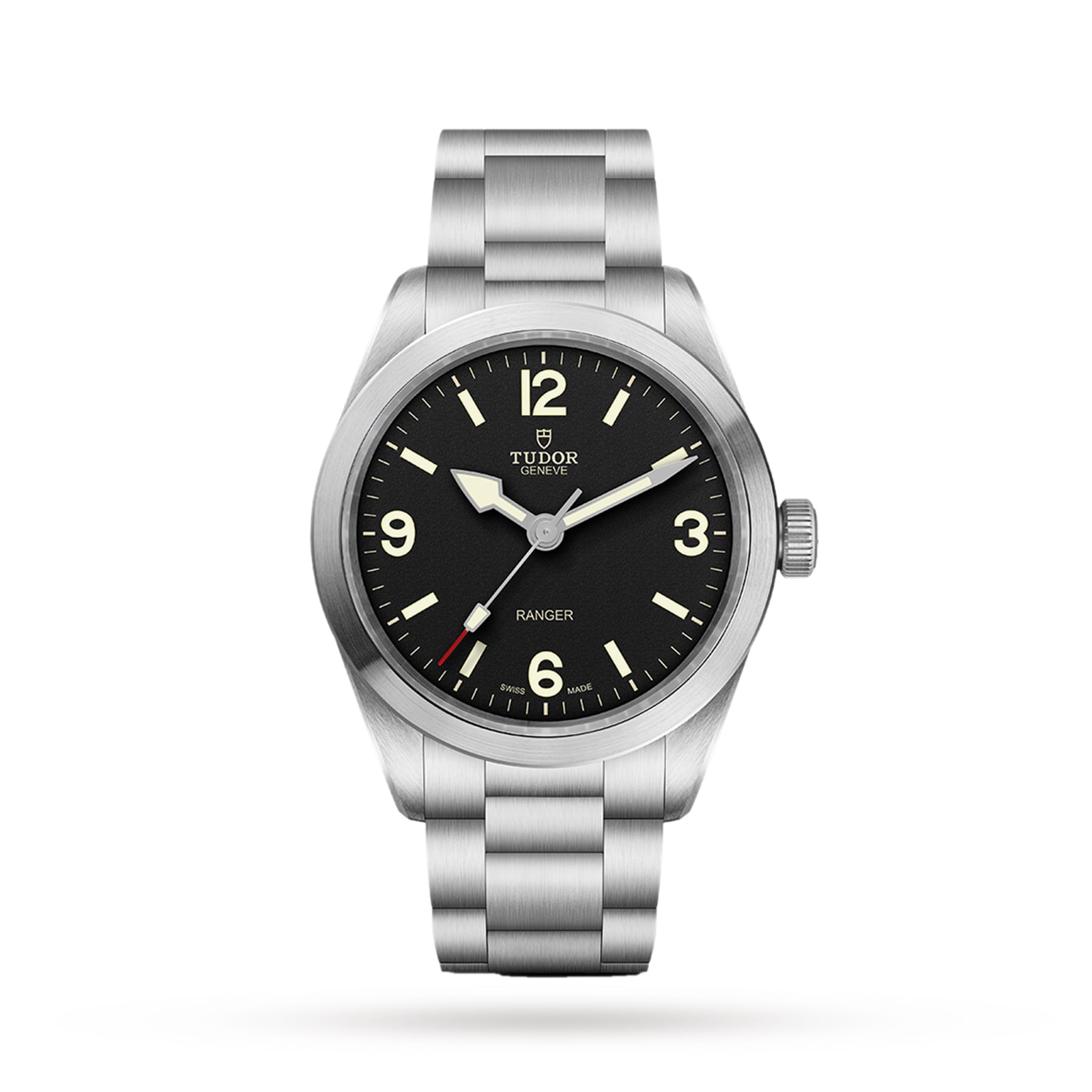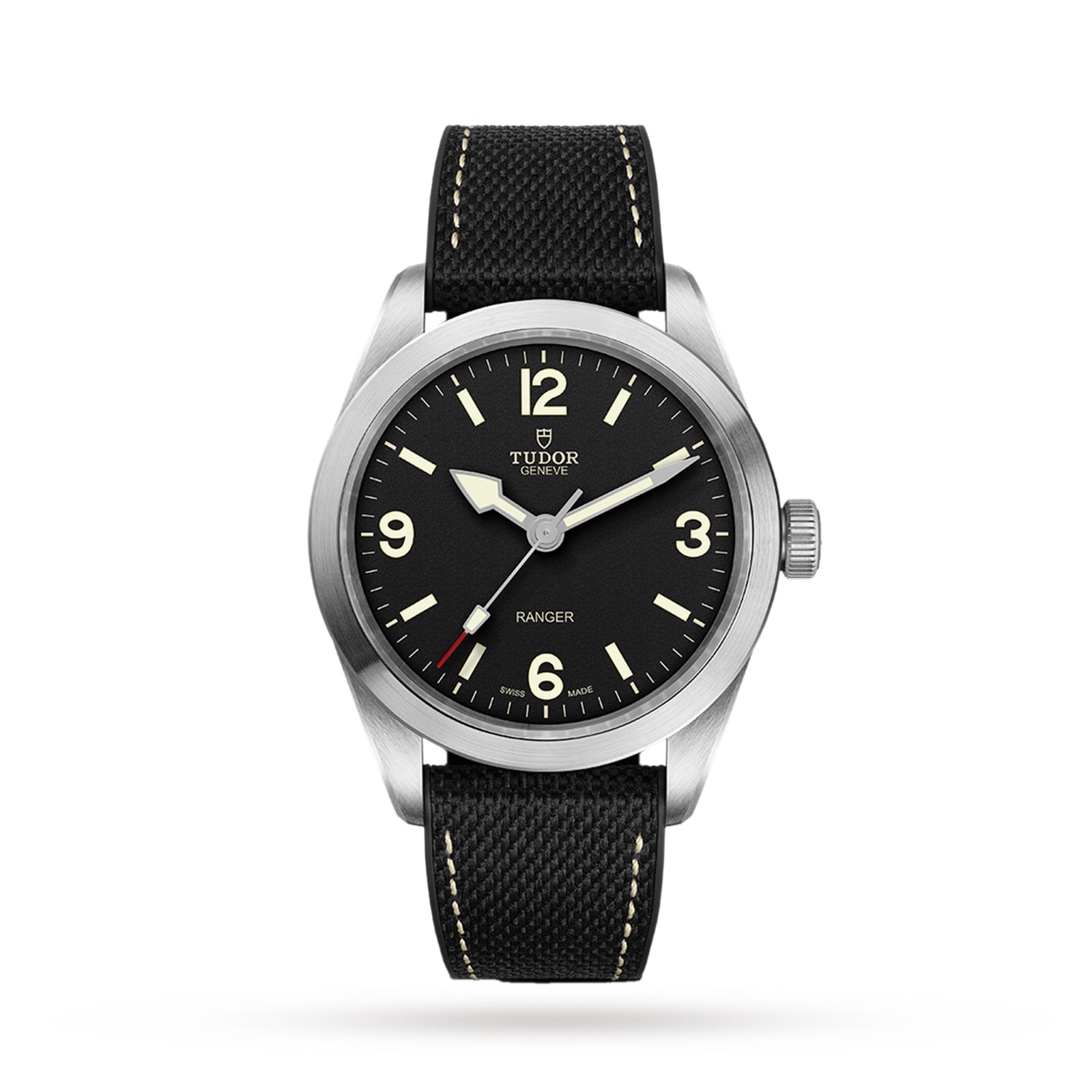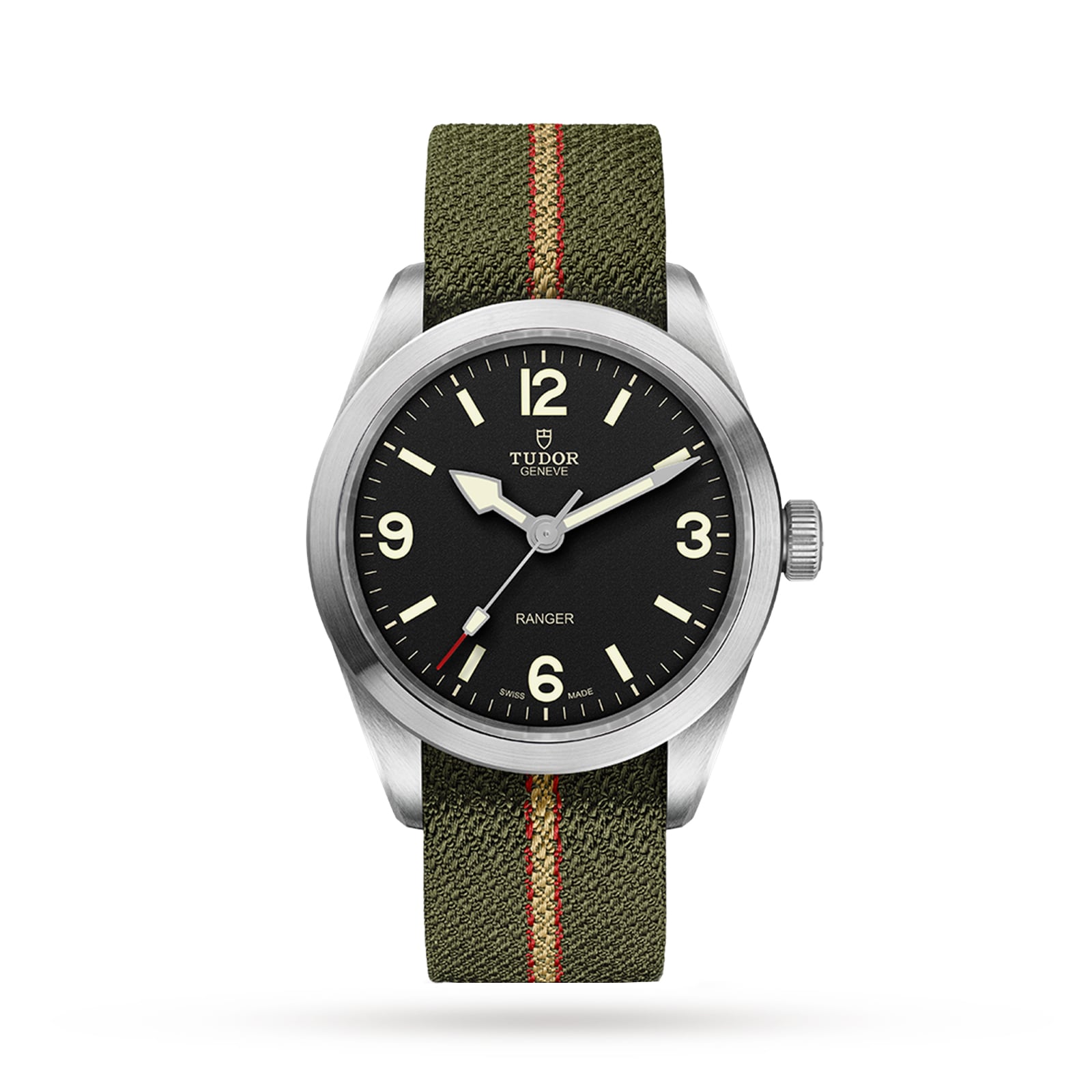Tudor has a knack of reanimating classic tool watches - here’s the latest

It has to be a pretty important moment in a brand’s history to make David Beckham rearrange his holiday, but that’s exactly what Tudor asked the former England captain to do for the launch of its new Ranger timepiece.
Speaking at the event, Beckham pointed out that he had asked Tudor to move the launch but apparently the 70th anniversary of the British North Greenland Expedition, an exploration supported by both Queen Elizabeth II and Winston Churchill with the purpose of investigating and documenting the geology and terrain of the ice cap in North Greenland, was not a moveable feast. So he, and 160 guests, gathered at Tobacco Dock on July 8, 70 years to the day after the mission set sail from Deptford, to see Tudor’s new version of the Ranger being unveiled.

Technically speaking the Ranger was not the watch on the Greenland expedition – the watches the men took on that two-year adventure were Oyster Princes, Tudor’s first water-resistant automatic, on which it wanted to gather data about its performance. The Ranger was, in fact a name registered in 1929 by Hans Wilsdorf, just three years after he registered the trademark for Tudor. The subsequent collection, launched in the 1960s, was inspired by the concept of an expedition watch; one that was robust and reliable, whether you were tackling the daily commute or living in a snow tunnel in temperatures of -50 degrees. The collection was around in various guises until the 1980s, when, in 1988, it was discontinued. Briefly revived from 2014 -2020, it’s now back, with a design inspired by the Oyster Princes that accompanied thegroup of explorers to Greenland 70 years ago.
How Tudor now know exactly what these watches looked like is an origin story to rival a Marvel character. As a Tudor spokesperson explained, it all hinges on one man, Major Desmond “Roy” Homard, “attempting an archaeological dig… In his kitchen.” Ten years ago, Homard (now deceased) was the last surviving member of the expedition. Rummaging in a drawer he discovered his battered old Tudor that had accompanied him on the Greenland expedition and on which he was asked to record performance data. Homard got in touch with Tudor, completely oblivious to the fact that these watches had been the stuff of Tudor legend – referred to in the brand’s catalogues and used in advertising, but never actually seen in real life.

The new Tudor Ranger 79950 is now the most affordable you can buy, and, because this is Tudor, you get a lot of horological bang for your buck. At 39mm, it hits that gender neutral sweet spot and is more sartorially acceptable for the modern wrist than the 34mm original. However, for those vintage purists lamenting the case size increase, it does still have the iconic 3, 6, 9, 12 markers coated in a retro-looking yellow-green Super-Luminova and no date window. It’s exclusively in stainless steel, as should be expected for an expedition watch, though you have the option of a Jaquard fabric strap, with a rather natty red and beige central stripe, or rubber-leather hybrid strap. The bracelet also has Tudor’s “T-Fit” safety catch, which was previously only seen on the boutique- only Black Bay Bronze and the Black Bay Pro and allows for eight millimetres of adjustment tool-free. Powering it is Tudor’s in-house MT5402 movement, which has 70 hours power reserve and is also COSC certified. It is a good-looking, no-frills everyday wearer, that, thanks to the efforts of 30 men who went to Greenland 70 years ago, you know is more than capable of coping with anything modern life has to throw at it.
Discover more from Tudor here at Mappin & Webb.


